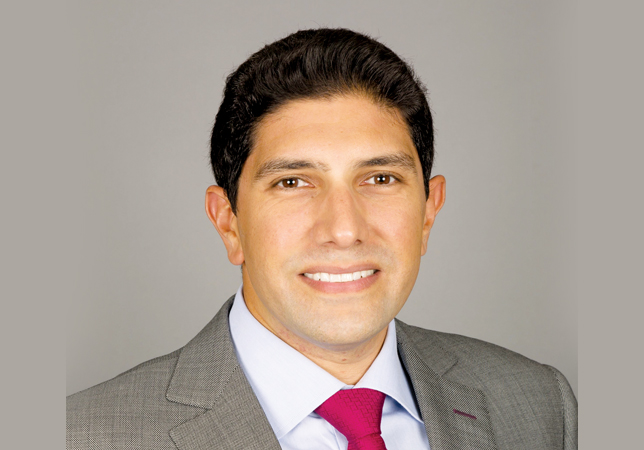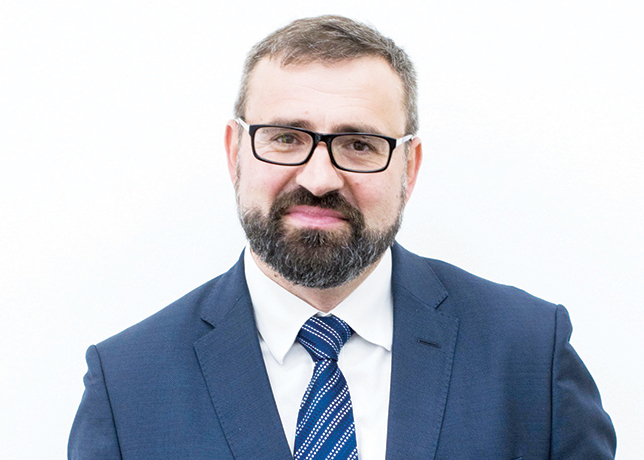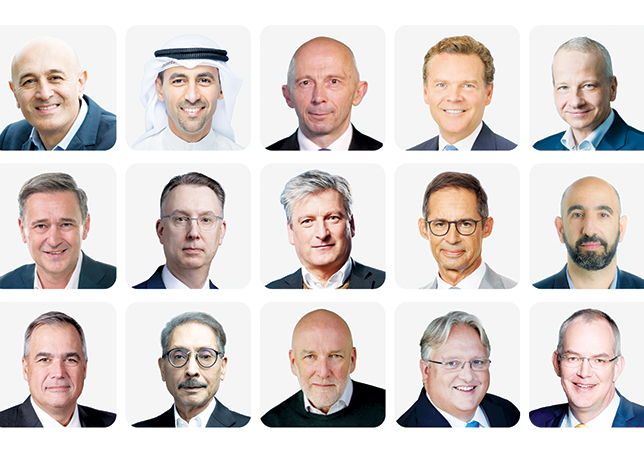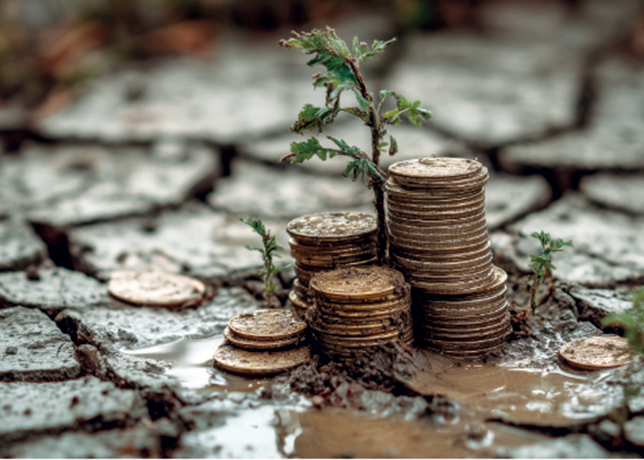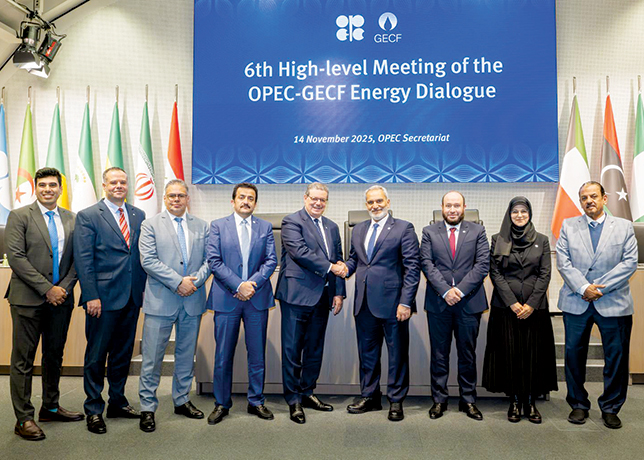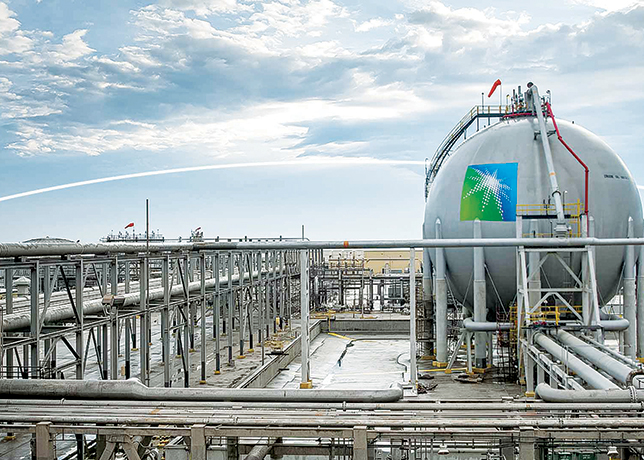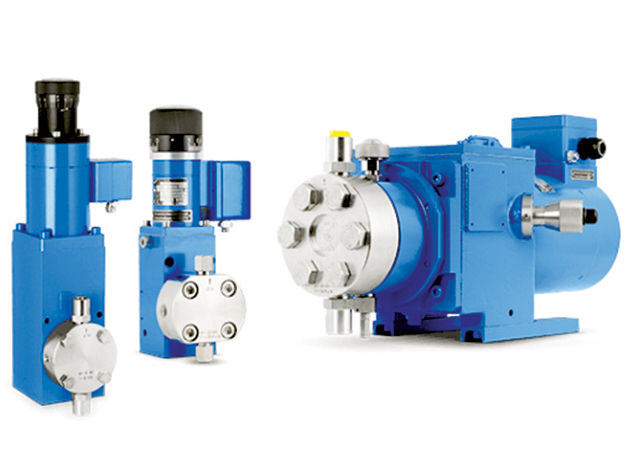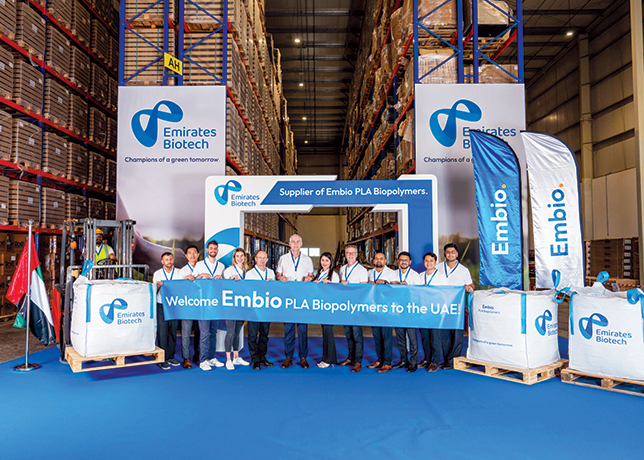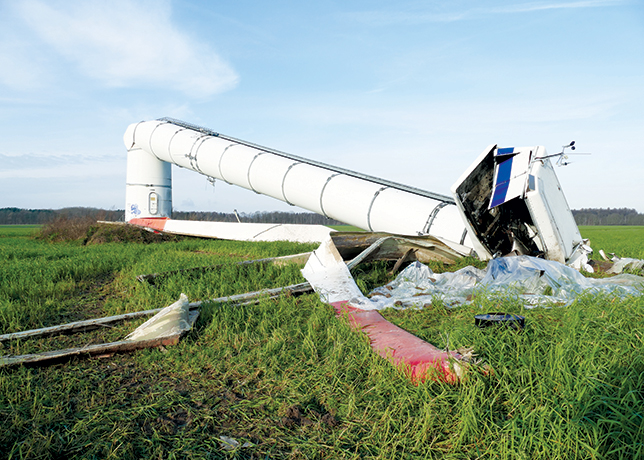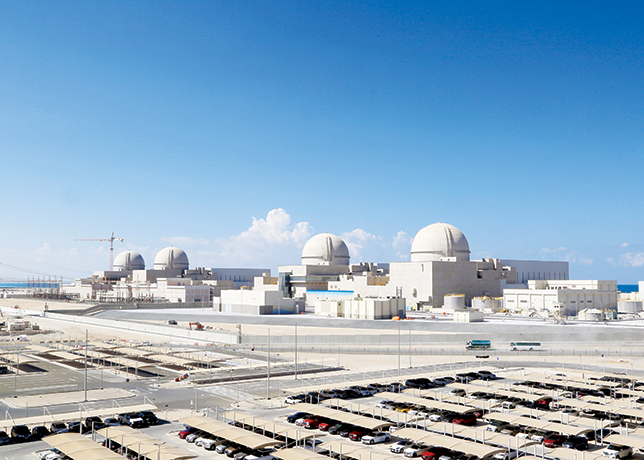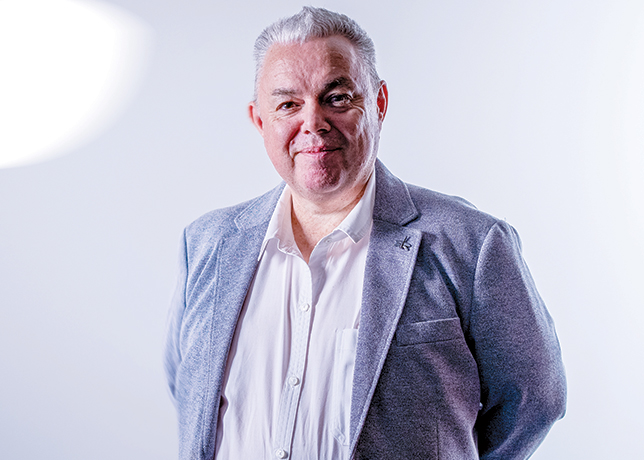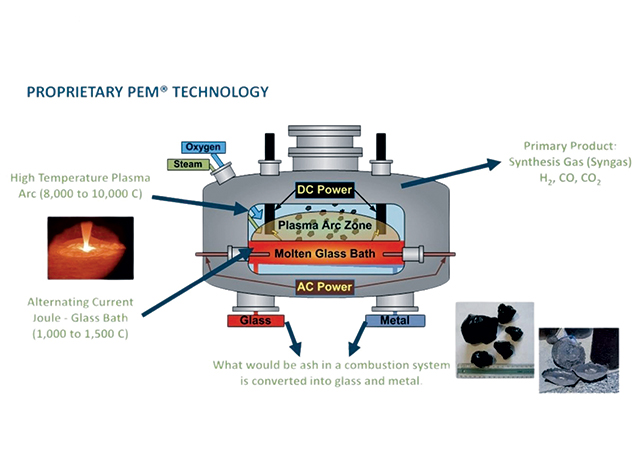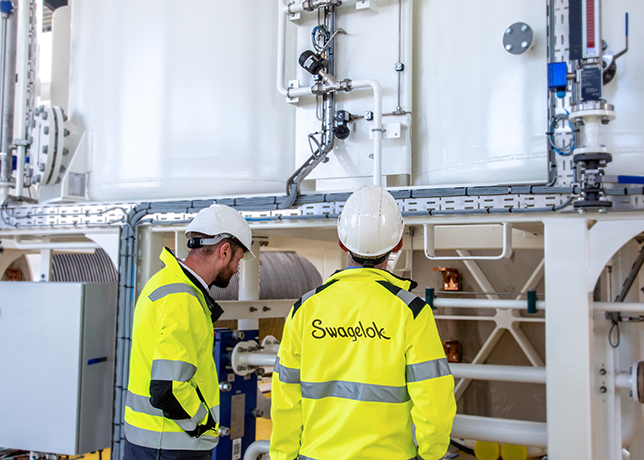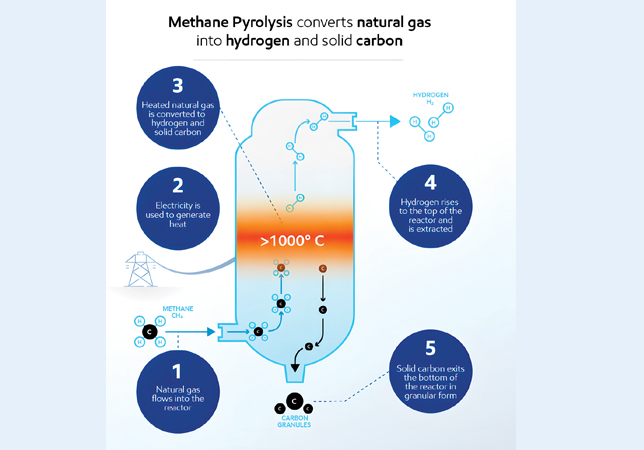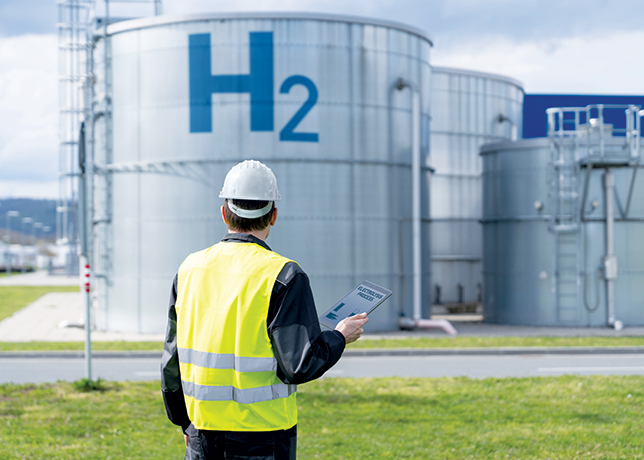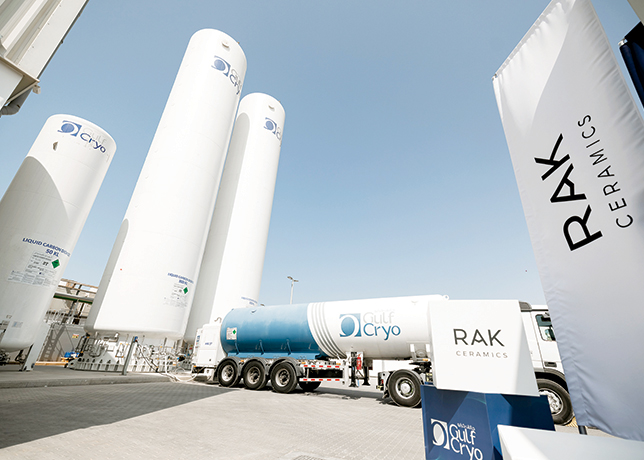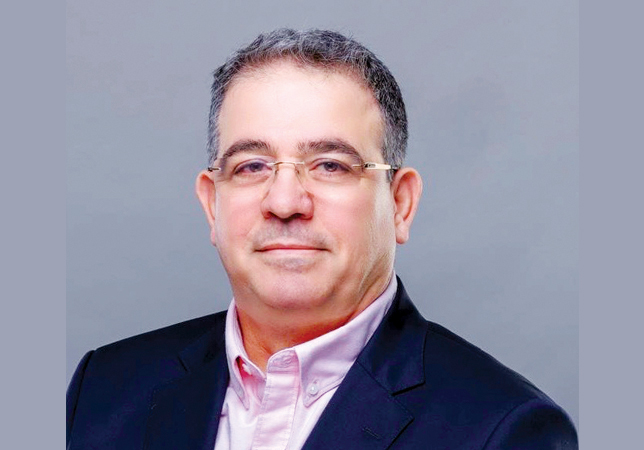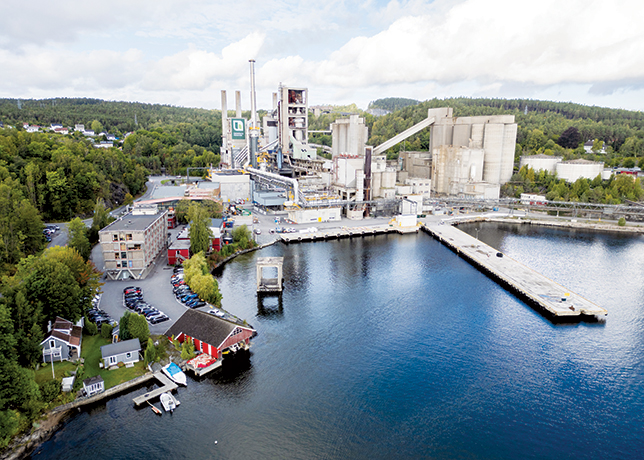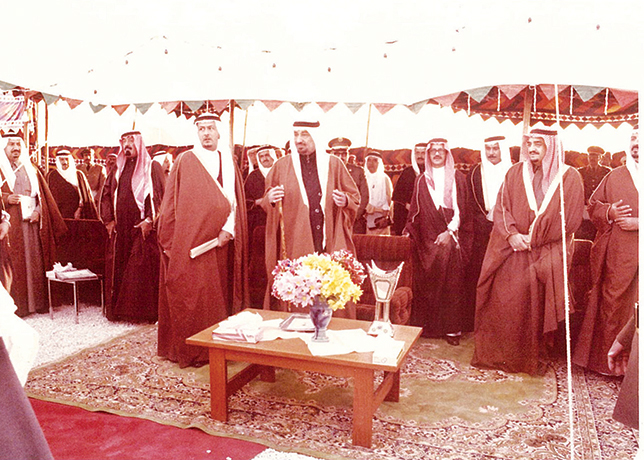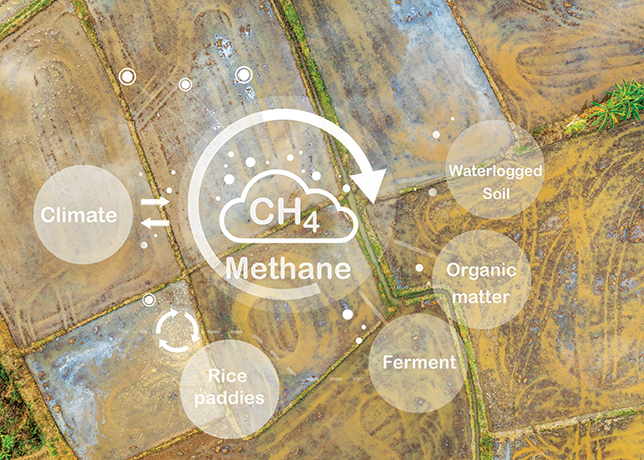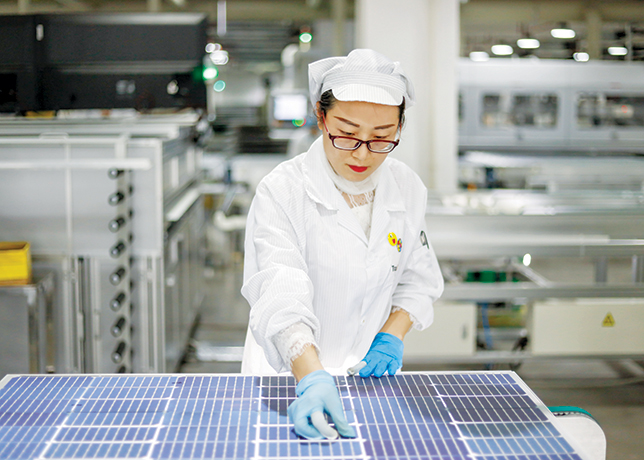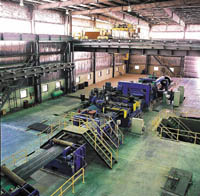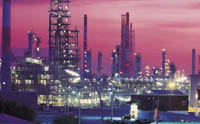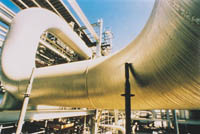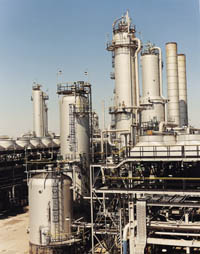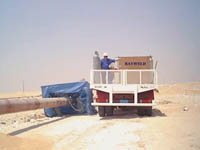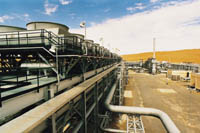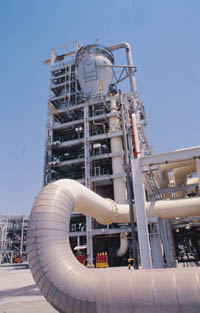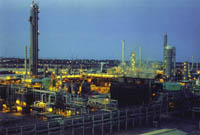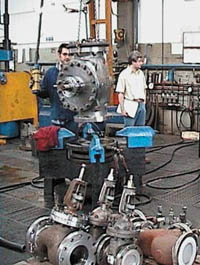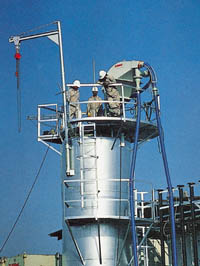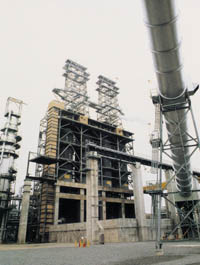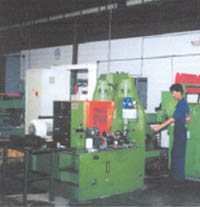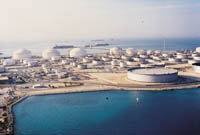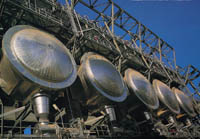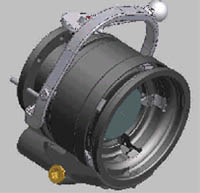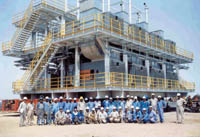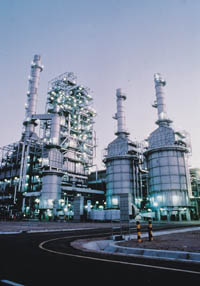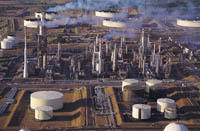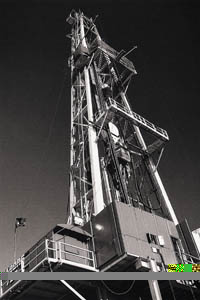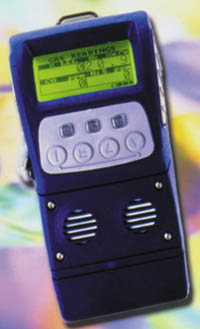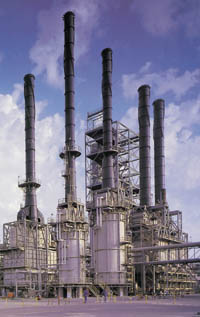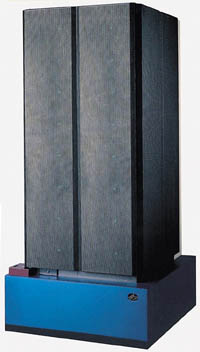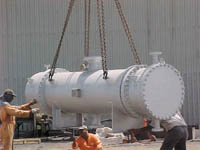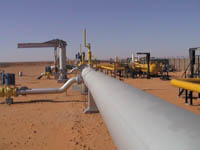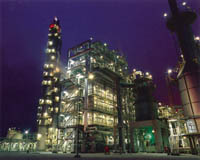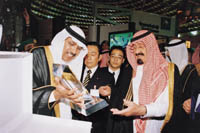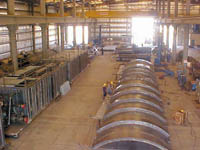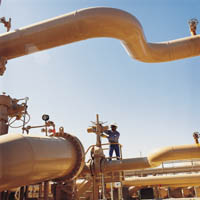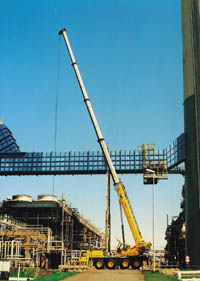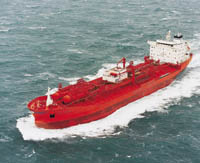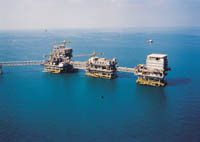

South Korean refiner S-Oil, in which Saudi Aramco holds a 35 per cent stake, is now positioning itself to export extra-low sulphur gas oil to Japan and Hong Kong ahead of stricter emissions requirements in Japan, according to reports.
S-Oil has the capacity to produce 10,000 to 20,000 barrels per day (bpd) of 0.005 per cent sulphur. Japan currently requires the use of 0.01 per cent sulphur gas oil but is phasing in the lower grade sulphur product in its urban centres, and will use only 0.005 per cent sulphur gas oil nationwide by 2005.
Saudi Aramco bought its 35 per cent interest in the S-Oil Corporation - formerly known as Ssangyong - in 1991. The Korean company operates a 525,000 bpd refinery in Onsan, and has established a strong marketing position in the Pacific Rim region.
The capacity of the plant was raised to its current level in 1994, while a $1.2 billion facility to convert heavy oil residue into higher value products was completed in 1997.
Saudi Aramco is a leading foreign investor in South Korea, and the S-Oil refinery sources at least 70 per cent of its crude oil needs from the Kingdom, thus almost guaranteeing a ready market for Saudi oil.
S-Oil, along with other Korean refiners, has been suffering from low margins, though sources say that the company has no plans to cut throughput, which is currently running at around 95 per cent of capacity. The refinery has no more maintenance programmes scheduled for this year.
Industry observers paint a gloomy picture for South Korean refiners for the next two years. Depressed consumer sentiment, stiffer competition in domestic and export markets, high dollar-based crude import prices and a weaker local currency have bitten deep into profit margins, they say.
Now, the country's refiners are simply jostling for market position and the price war has hit margins. Profits have been predicted by analysts to sink in the second half of this year to less than 10,000 won ($7.80) per barrel from 12,500 won in the first half.
But S-Oil posted a net profit of 94 billion won ($74 million) for the first half of this year, up 5.1 per cent from the same period of last year. Its pretax profit also grew 11.1 per cent on the year to 143.5 billion won and its total sales grew 15 per cent on the year to 4.3 trillion won.
For its part, S-Oil has said it could generate higher profit, although it lost 73.7 billion won on foreign currency exchange, due to higher profits from its domestic products sales and exports.
Analysts predict South Korean oil demand will decline by one to two per cent this year from the 742.4 million barrels consumed last year.






